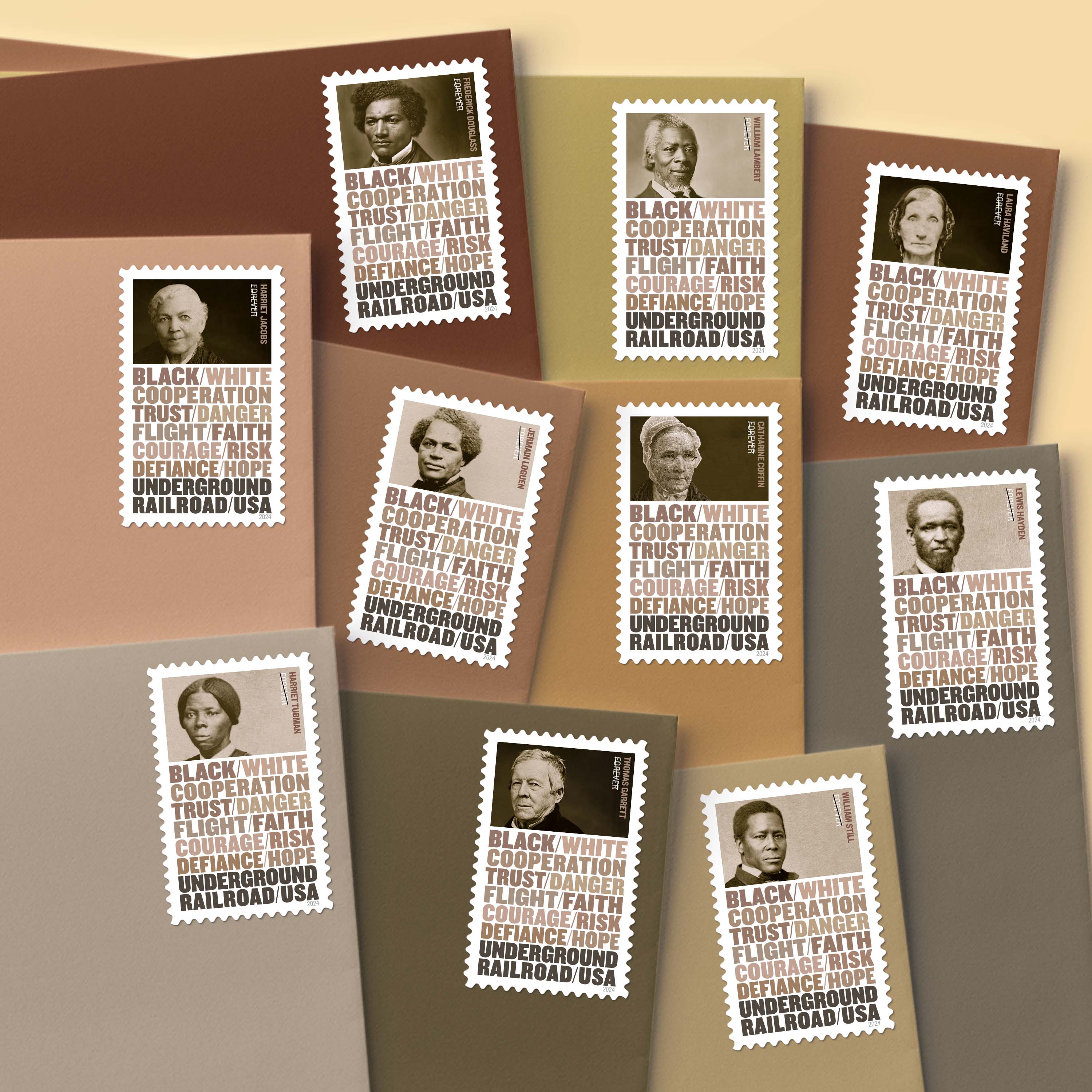Creativity and Careful Attention in Stamp Printing

Postage stamps are some of the world’s smallest canvases. Their creation includes incredible creativity and attention to detail. That care extends to how they are printed and tracked as well.
Along with their bids on the production, printers often also contribute innovative printing ideas for the design team to consider. For example, why design stamps for Have a Ball! as a set of one-dimensional sports stamps when you might add texture, so that a basketball feels like a basketball, and you can run your finger along a golf ball’s dimples?
And why not consider creating a Tyrannosaurus Rex stamp that opens and closes his mouth when the stamp is rotated, or employ a printing process that allows a rabbit to pop out of a top hat (The Art of Magic Souvenir Sheet)?
The possibilities are endless. Even scratch-and-sniff watermelon-fragrant Frozen Treats stamps!
The Stamp Production team in Kansas City, Missouri, then pays careful attention to the printing process, to ensure that the final colors exactly match the approved art and that no glitches occur, such as missing perforations or what became known as the 1918 “Inverted Jenny,” when a biplane was mistakenly printed upside-down on an airmail stamp.
The U.S. Postal Service prints 12 to 14 billion stamps a year — estimating each print run based on past popularity of similar stamps. However, “we don’t have a crystal ball,” says Betty Brown, manager of Stamp Production. So even the Postal Service can be surprised. On rare occasions, stamps outsell their initial print runs and must be reprinted to meet demand.
Special techniques are also used to assure that only stamps printed by the Postal Service can be used for postage. Each stamp worth 10 cents or more contains a security feature called phosphor, which creates luminescence as it passes under ultraviolet light. After all, stamps act as currency, so the risk of fraud is real.
In fact, Brown says, “counterfeiters have now figured a way to mimic the phosphor.” In fiscal year 2022, the Postal Service seized more than 340,000 packages that used counterfeit stamps.

Like so many involved in the complicated process of bringing a stamp idea to life, Brown loves working with stamps, learning the stories behind each one, and hearing about their popularity. She mentions a friend who runs a bed-and-breakfast in a historic building that once was a hiding place for runaway slaves and how excited her friend was to hear about The Underground Railroad stamps. Another friend uses the Breast Cancer Research semipostal to help raise awareness.
Starting with a suggestion from the American public, each stamp comes to life under the watchful eye of the Postal Service — combining both creativity and careful attention on this most unique of small canvases.
Learn more about how stamps are made: Read part 1 and part 2 of this series.